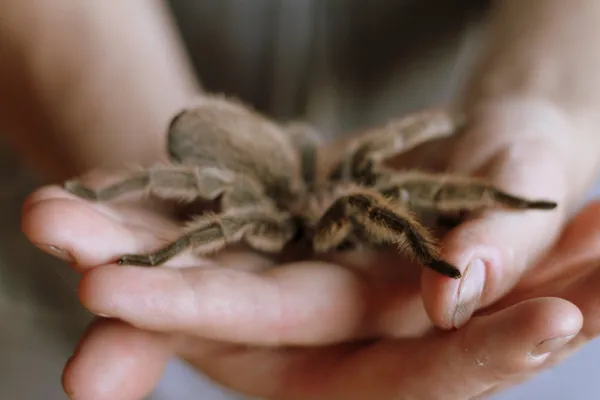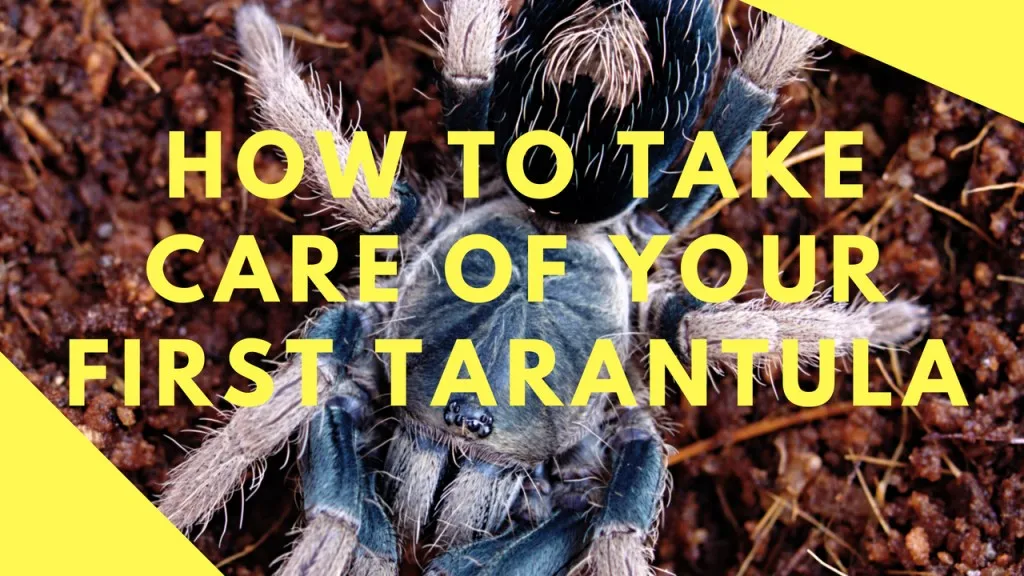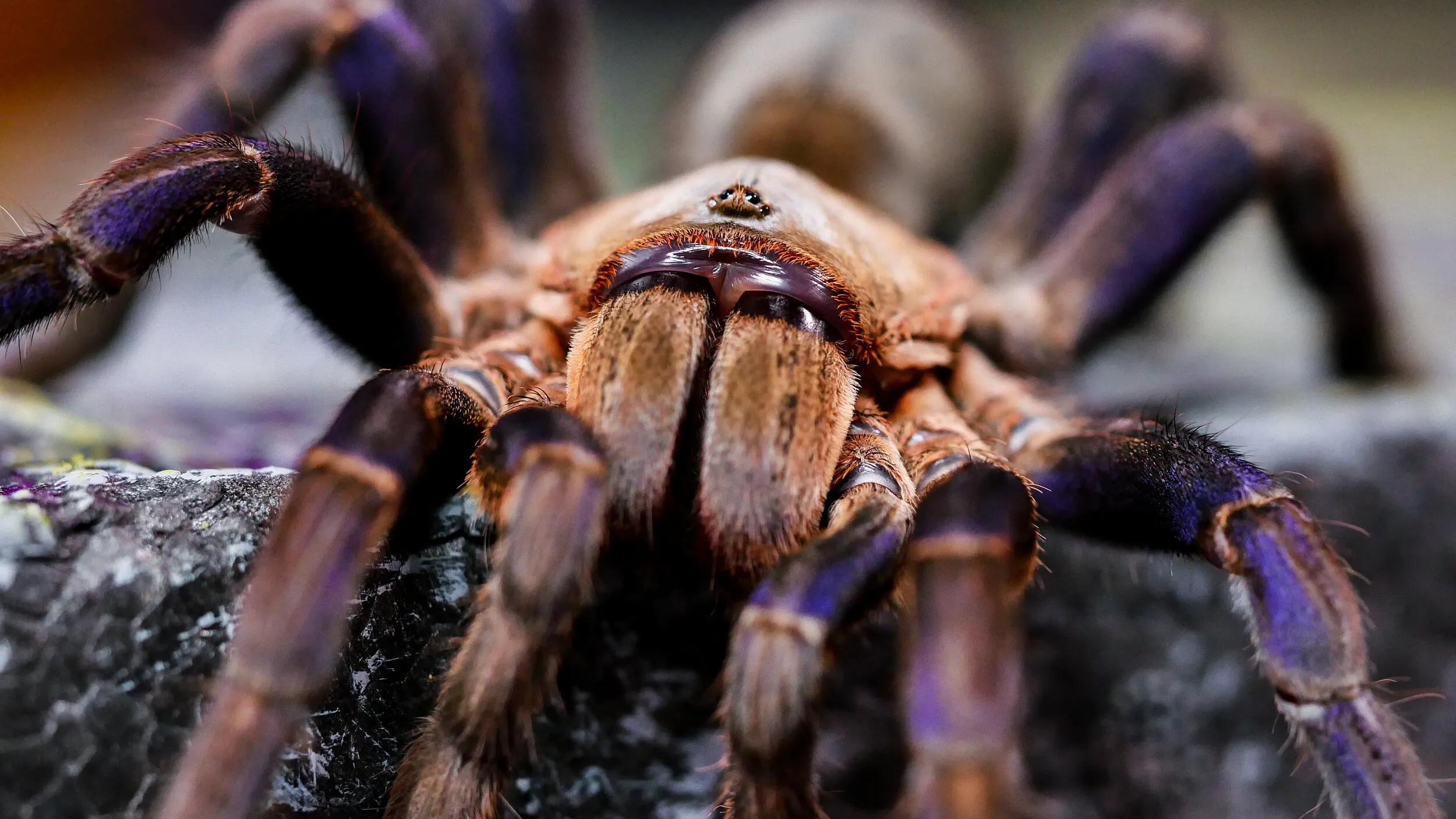Understanding Tarantula Basics
Tarantulas, fascinating creatures belonging to the Theraphosidae family, have captivated people for centuries. These large, hairy spiders, with their impressive size and diverse appearances, are becoming increasingly popular as pets. Understanding the basics of tarantula care is essential for any aspiring owner. These arachnids are not insects; they are arthropods and possess eight legs, two body sections (cephalothorax and abdomen), and, of course, fangs. Tarantulas are generally nocturnal, meaning they are most active at night, and their behavior and needs differ greatly from more conventional pets. Before welcoming a tarantula into your home, it’s crucial to do your research. This guide will walk you through the essential steps for providing the best possible care for your new eight-legged friend. From setting up the perfect habitat to understanding their dietary needs, we’ll cover everything you need to know.
Choosing Your Tarantula
The world of tarantulas is incredibly diverse, with hundreds of different species available, each with its unique characteristics and needs. Researching different species is a critical first step. Consider factors like temperament, size, lifespan, and care requirements. Some species, like the Chilean Rose Hair, are known for their docile nature and are often recommended for beginners. Others, like the Greenbottle Blue or the Cobalt Blue, have a more defensive demeanor and are best suited for experienced keepers. Also, consider the size and appearance of the tarantula. Some tarantulas are arboreal, meaning they live in trees, while others are terrestrial and prefer to burrow. The size of the tarantula will affect the size of the enclosure you need. Researching will provide you with an overview of the perfect tarantula to care for.
Considerations before getting a tarantula

Before you bring a tarantula home, you need to consider several key factors. Firstly, ensure you can provide a suitable enclosure. Tarantulas need secure and appropriately sized habitats. Another significant consideration is your personal comfort level with spiders. Handling a tarantula may be necessary at times, and you need to be comfortable with this. You should also have the time and resources to care for your pet. Daily care, including feeding and providing fresh water, is a must. Furthermore, you should be prepared for a long-term commitment. Tarantulas can live for several years. Finally, ensure that you are not allergic and have the appropriate legal aspects in place before getting a tarantula.
Setting Up Your Tarantula Habitat
Creating a suitable habitat is crucial for the health and happiness of your tarantula. The enclosure must be escape-proof, and the size should be appropriate for the species and size of your tarantula. A good rule of thumb is to provide an enclosure that is at least twice the tarantula’s leg span in width. Ventilation is also essential. While you don’t want drafts, good airflow helps to prevent mold and maintains healthy humidity levels. Make sure the enclosure has a secure lid to prevent escapes. Provide ample space for your tarantula to move around, burrow, or climb, depending on its species. The ideal environment mimics the tarantula’s natural habitat as closely as possible.
The Importance of Enclosure Size
Choosing the right size enclosure is one of the most important aspects of tarantula care. Too small, and your tarantula will feel cramped and stressed; too large, and it may have difficulty finding its food or feel insecure. The size of the enclosure is directly related to the tarantula’s size and needs. Juveniles need smaller enclosures than adults. As a general guideline, the enclosure should be at least twice the tarantula’s leg span in width. Also, consider the tarantula’s lifestyle, terrestrial species benefit from more floor space and arboreal species from more height. The enclosure should also be tall enough to accommodate a layer of substrate and any decorations your tarantula might need.
Substrate and Furnishings for Tarantula

The substrate, the material that forms the bottom layer of the enclosure, plays a vital role in your tarantula’s environment. It helps to maintain humidity, provides a surface for burrowing, and can act as a natural environment for your spider. Good substrate choices include coco fiber, peat moss, and vermiculite. Avoid materials like sand or gravel, which can be harmful if ingested. The depth of the substrate will depend on the species. Terrestrial tarantulas may require a deeper layer for burrowing, while arboreal species may need less. You can also add furnishings to enrich the habitat, like cork bark, fake plants, and hides. These features provide security and a more natural environment for your tarantula, helping it feel safe and less stressed.
Feeding Your Tarantula
Feeding your tarantula appropriately is essential for its health. Tarantulas are carnivores, and their diet consists mainly of insects. The size of the prey should be appropriate for the size of the tarantula. A good rule is that the prey should be no larger than the tarantula’s body size. Crickets, mealworms, roaches, and other feeder insects are commonly used. You can buy them at most pet stores. It’s crucial to gut-load the insects before feeding them to your tarantula. This process involves feeding the insects nutritious food, which will, in turn, provide more nutritional value for your spider. Ensure that the food you feed your tarantula is safe and pesticide-free. Avoid feeding wild-caught insects, as they may carry diseases or parasites.
What to Feed Your Tarantula
The diet of your tarantula primarily consists of insects. Crickets are a popular and readily available choice, providing a good source of protein. Mealworms are another common option, though they are less nutritious than crickets. Roaches, such as Dubia roaches, are highly nutritious and make a good staple food. Other options include super worms, hornworms, and wax worms. The variety in their diet will help provide essential nutrients. Remember to gut-load the insects before feeding them to your tarantula. You can feed the insects with a range of fruits, vegetables, and commercial insect food to enhance their nutritional value.
How Often to Feed

How often you feed your tarantula depends on its age and species. Spiderlings require more frequent feeding, typically every other day. Juveniles can be fed two to three times a week, while adult tarantulas generally eat once a week or even less frequently. Adult females can be fed less if you are breeding them. Always remove any uneaten food within 24 hours to prevent mold and mites. If your tarantula stops eating, it could be a sign of pre-molt or a health issue. Monitoring your tarantula’s feeding habits is vital and can help you spot any problems early.
Watering Your Tarantula
Providing clean water is essential for your tarantula’s health. Tarantulas absorb water through their food and environment, making hydration critical for their survival. Ensure a shallow water dish is always available. The dish should be shallow enough to prevent drowning. You can use a bottle cap or a small, shallow dish specifically designed for tarantulas. Keeping the substrate slightly moist can also help maintain the required humidity levels, and it is essential for tarantula health.
Essential Water Requirements
Always provide your tarantula with fresh, clean water. Refill the water dish regularly, ideally every day or two, to prevent bacteria buildup. Tap water is generally safe, but you can use bottled or filtered water for added safety. Place the water dish in a safe location in the enclosure, away from the heat source. Ensure the water dish is shallow enough to prevent the tarantula from drowning. This is especially important for smaller tarantulas and spiderlings. Cleaning the water dish regularly is also vital to prevent algae growth.
Maintaining Humidity Levels

Maintaining the correct humidity levels is essential, as many tarantula species thrive in specific humidity ranges. The ideal humidity level depends on the species. Tropical tarantulas require higher humidity than desert species. Use a hygrometer to measure the humidity levels in your tarantula’s enclosure. Mist the enclosure regularly, especially in arid climates. Avoid excessive misting, as this can lead to mold growth. Another way to maintain humidity is by providing a deep layer of substrate. The substrate can absorb and release moisture. Ensure there’s adequate ventilation to prevent the enclosure from becoming too humid.
Handling and Interaction
Handling tarantulas is not generally recommended, and it is essential to understand their behavior and potential risks. Many tarantula species are docile and can be handled, but it is always at your own risk. Some species are more defensive and prone to biting or kicking urticating hairs. Urticating hairs are small, barbed hairs that tarantulas can flick off their abdomen as a defense mechanism. These hairs can cause irritation and allergic reactions. Approach handling with caution. Ensure you are calm and the tarantula is not stressed. Never handle a tarantula if you are unsure or inexperienced, and always supervise children around tarantulas.
Safe Handling Practices
If you choose to handle your tarantula, do so with care. Start by gently coaxing your tarantula onto your hand. Use a soft brush or similar tool to gently guide it. Avoid sudden movements or loud noises that can startle the tarantula. Handle your tarantula over a soft surface, like a bed or a couch, in case it falls. Always wash your hands thoroughly before and after handling your tarantula. Be aware of the potential for bites and urticating hairs. If you get bitten, clean the wound immediately. If you experience an allergic reaction from the urticating hairs, seek medical attention.
Recognizing Signs of Stress

Recognizing signs of stress is essential for any tarantula owner. Stressed tarantulas may display specific behaviors, such as defensive posturing. This includes raising their front legs or flexing their fangs. They may also flick their urticating hairs at you. Loss of appetite, lethargy, and a refusal to move are other indications of stress. If you notice any of these signs, reassess the environment, which could be too hot, too cold, or too dry. Reduce handling and avoid unnecessary disturbances. Providing a secure, safe environment is crucial for minimizing stress and ensuring your tarantula’s well-being.
Health and Wellness
Maintaining the health and wellness of your tarantula requires a proactive approach. Observe your tarantula regularly for any signs of illness or injury. Ensure the enclosure is clean and the environment is optimal. Keep track of its feeding habits and monitor its molting cycles. Molting is a natural process where tarantulas shed their exoskeleton to grow. During this time, your tarantula will be vulnerable. Providing a healthy environment and paying close attention to its needs will help ensure its well-being.
Identifying Common Health Issues
Tarantulas are generally hardy creatures, but they can be prone to specific health issues. One common problem is dehydration. Ensure that fresh water is always available and the humidity levels are appropriate. Another common issue is mites. These tiny parasites can infest the tarantula and its enclosure. Remove any infected substrate and clean the enclosure thoroughly if you see them. Other health concerns can include parasites, fungal infections, and injuries during molting. If you notice any unusual symptoms, it’s best to consult a veterinarian specializing in exotic animals. Identifying and addressing any health problems early on is key to your tarantula’s recovery.
Preventative Care

Preventative care is crucial for maintaining your tarantula’s health. Regularly clean the enclosure. Remove uneaten food, old molts, and waste. Maintain the appropriate humidity levels for the species. Avoid handling your tarantula unnecessarily, as stress can weaken its immune system. Feed your tarantula a varied and nutritious diet. Ensure the water source is always clean and accessible. Quarantine new tarantulas for a few weeks before introducing them to existing ones. By following these preventative measures, you can help ensure your tarantula lives a long and healthy life.
Conclusion
Caring for a tarantula can be a rewarding experience. These fascinating creatures offer a unique perspective on the animal kingdom. By understanding their needs, providing a suitable environment, and practicing responsible care, you can enjoy the company of these amazing animals for years to come. Remember to do your research, be patient, and always prioritize the well-being of your tarantula. With proper care, your tarantula can thrive and become a cherished member of your family. Embrace the responsibility and enjoy the experience of being a tarantula owner. The more you learn and understand these creatures, the more rewarding the experience will be. Enjoy the journey and the fascinating world of tarantula care!
